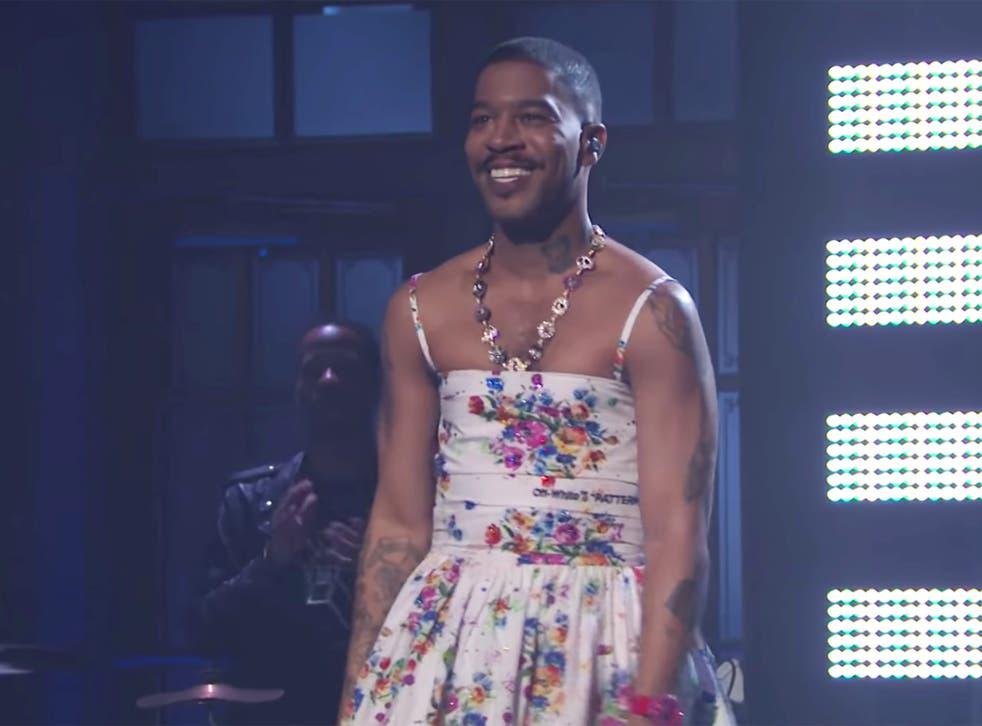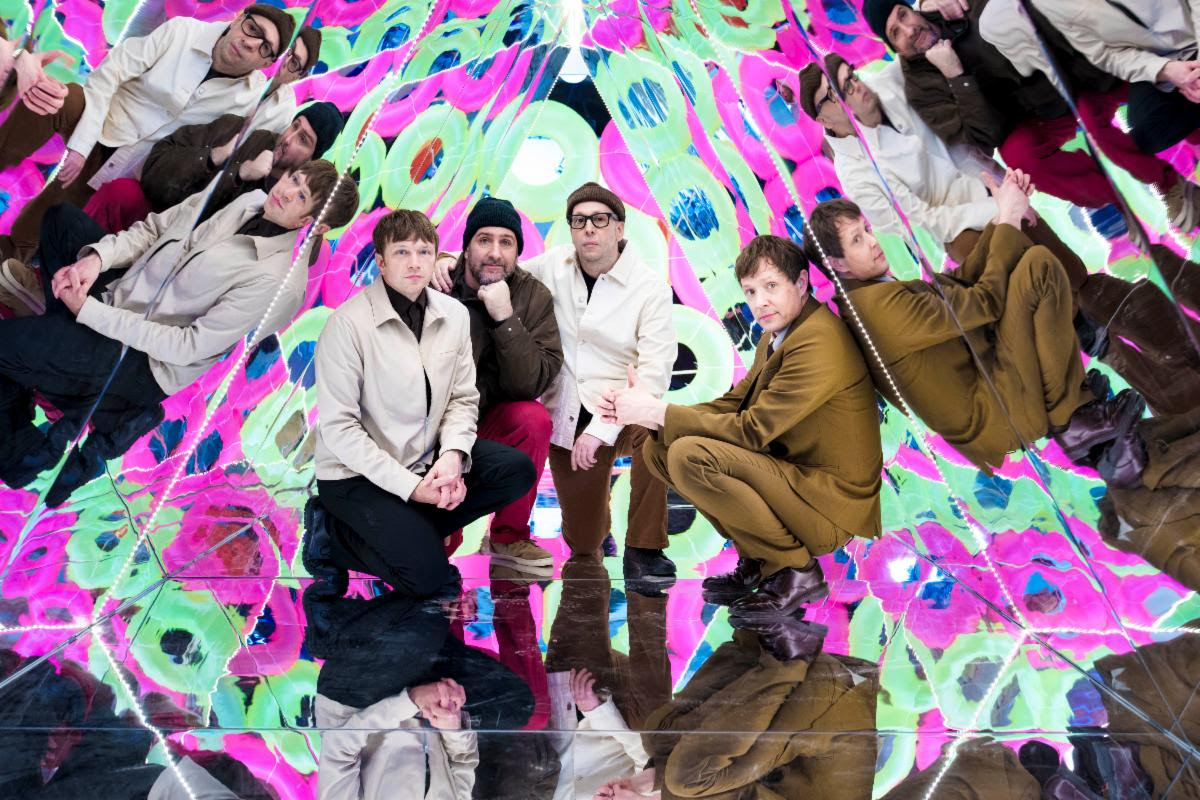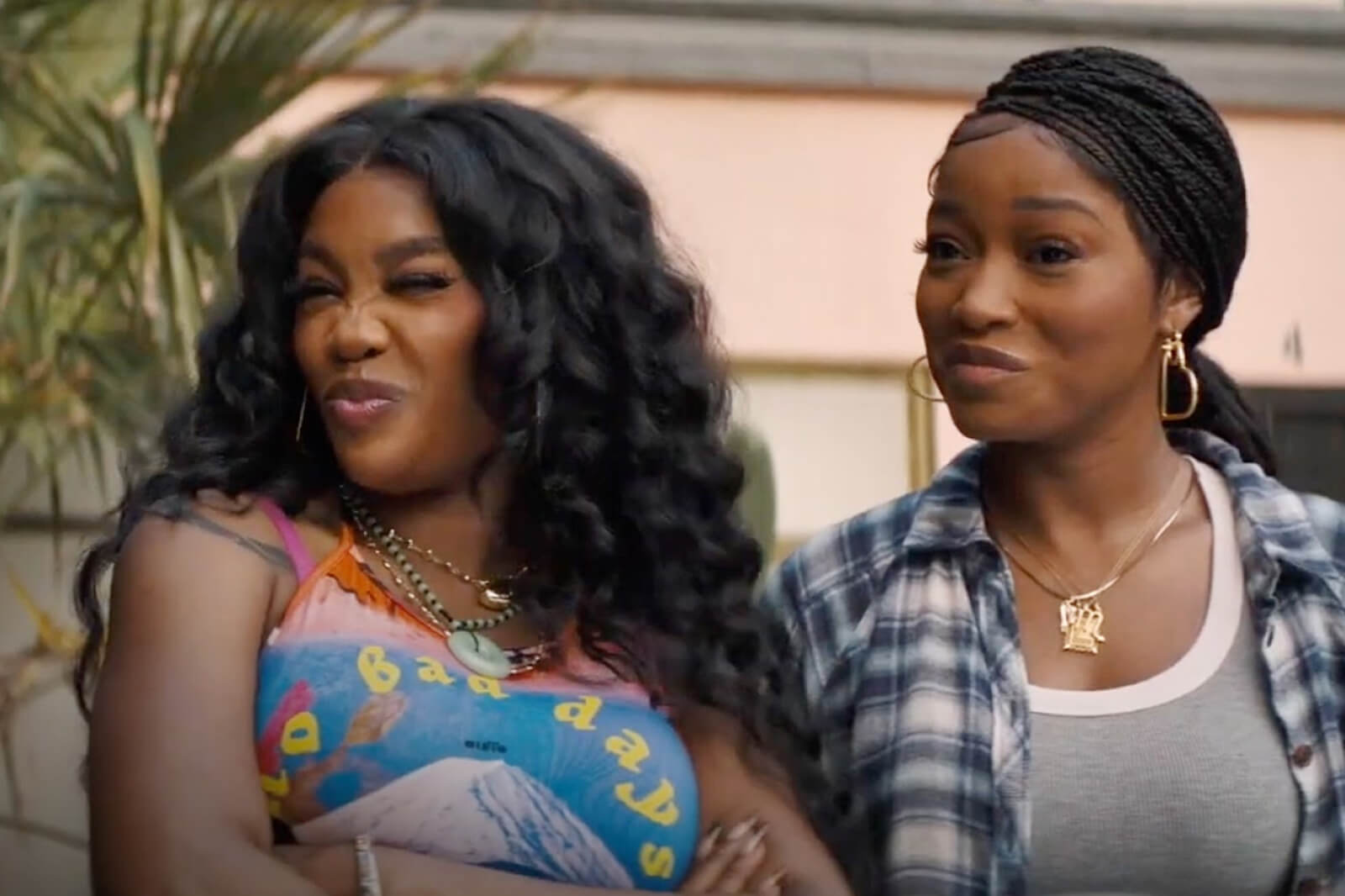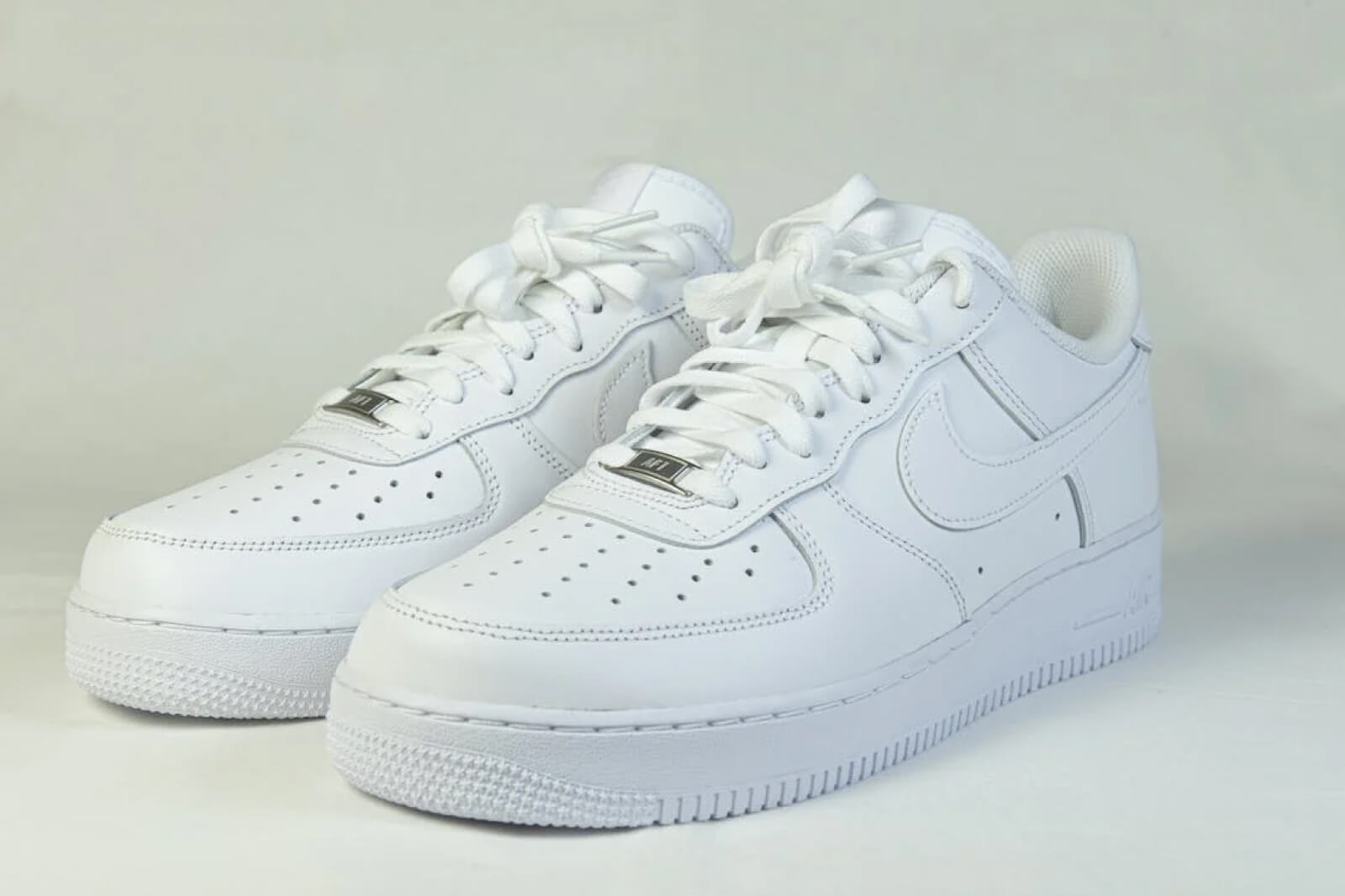
Kid Cudi in a Custon Off-White dress on SNL
Kid Cudi officially announced sundress season by performing in a dress on SNL as the musical guest on April 10th.
With vaccines on the horizon and spring in full swing, sundress season promises to deliver this year. Easter even delivered sundress-related drama between Selena Gomez and Kendall Jenner after Jenner posted a picture in the same Rodarte floral dress that Gomez wore in her video for “De Una Vez.”

But Kid Cudi has taken over headlines by appearing in a custom Off-White floral gown in homage to Kurt Cobain while performing his song “Sad People.” His first outfit of the night was also a tribute to Kurt — a green cardigan similar to the one Kurt wore during the infamous 1993 MTV Unplugged show — but the dramatic dress is the sartorial choice getting fans, and critics, talking.
Kid Cudi: Sad People (Live) – SNLwww.youtube.com
The tribute comes to acknowledge the 27th anniversary of Cobain’s death earlier in April, and Cudi’s outfit choices celebrate Kurt’s impact not just as a musician but also in challenging societal norms. In an interview with the LA Times, Cobain said: “Wearing a dress shows I can be as feminine as I want. I’m a heterosexual… big deal, but if I was a homosexual, it wouldn’t matter, either.”
From his Coachella crop-top to wearing a kilt with Jordans, Kid Cudi is not new to taking fashion risks. The alternative rapper has made a career out of pushing boundaries and challenging norms — whether they be of race, gender, or even genre.
This fearlessness has cultivated a cult-like following and made him widely influential among his peers and upcoming artists (including SNL star Pete Davidson and the internet’s favorite fanboy, Timothee Chalamet, who both appeared beside Cudi for a skit on Saturday Night’s episode of SNL).
It is becoming more and more common to see male celebrities embracing gender fluid outfit choices. Though they often come with criticism — such as Candace Owens’s “bring back manly men” comment in response to Harry Styles’s historic Vogue cover — we’ve come a long way in normalizing androgynous dressing.
It is important to note that it is often easier for celebrities to take risks in their gender presentation because of the protection that their fame allows them and that, for many queer people who have been pushing gender boundaries for years, there can be a real danger in expressing oneself in a way that deviates from the norm.
But it is inspiring and important to celebrate how celebrities can propel mainstream fashion in more inclusive directions. And as we as a society become more acclimated to widespread experimentation in gender performance, it feels less tenuous to critique men in feminine clothing the same way we would women.
Within the overall fashion community, the general sentiments towards Cudi’s dress are positive. Major establishments like Vogue have been praising his tribute to Cobain and noting the role Virgil Abloh, Cudi’s friend and frequent collaborator, had in creating the look.
However, some prominent fashion critics are balancing their commendations for Cudi’s look with comments about the gown itself.
Luke Meagher, known on Instagram and Youtube for his fashion commentary @HauteLeMode, posted about the SNL look, saying: “I’m so happy to see dresses becoming more and more seen as not restricted to one gender. The idea that pieces of fabric, which are then manipulated through different sewing techniques and shapes are exclusive to one group of people is stupid. Also gendering fabric is kind of weird to me, like don’t you have something better to do?”
His commentary continued, analyzing the dress itself. He noted, “I don’t find the dress to be attractive. Which is okay, men are allowed to wear dresses, even if they’re ugly.”
Just as he would any other piece, Meagher evaluated the dress in terms of structure, style, pattern, and fit. He said, “I think the skirt flows really beautifully, it’s full, and elegant and just has a nice shape. But the neckline is not complimentary at all. It seems too tight, and looks rather awkward, which is a shame when compared with its skirt. The print is most definitely a nod to Kurt as well, and the crystals that shine as he performs were a nice little touch.”
He finished his analysis by saying, “I’ll never fault a man for choosing to wear a dress, but if it’s not cute well . . . get ready to be taken to task like everybody else!”
As men wearing dresses feels less and less revolutionary, men are going to have to step up their game, experimenting with feminine styles with intentionality instead of just shock value. If Cudi stepped out in ill fitting pants, menswear tabloids would be on it immediately. We’re getting to the point where an ill-fitting dress receives the same treatment.
There are some excellent examples of androgyny and gender non-conforming presentation displayed in an artful, intentional way. The most recent Maison Valentino campaign was also released this weekend and featured a portrait of queer artist and model Michael Bailey-Gates posing for their purse campaign.
The image is a gorgeous representation of playing with gender and fashion, pointing in the right direction for editorial experimentation.
Prominent activist Alok Vaid-Menon posted the picture on Instagram, commending the Valentino ad, saying: “For so long queer aesthetics make it to mainstream fashion, divorced from our queer bodies. Usually we are the mood boards, rarely the models.”
Valentino designer Pierpaolo Piccioli also spoke on the image after it received bigoted comments, saying: “My job is to deliver my vision of beauty according to the time we are living and beauty and whom we consider beautiful, is a reflection of our own values. We are witnessing a big, huge shift in human kind, the movements of self-awareness are all leaded by the same idea: evolution is possible if equality is possible, if inclusivity is possible, if human rights are defended and freedom of expression is protected and nurtured.”
As we watch major brands and establishments acclimating to the shift in culture by including aesthetics which have been long marginalized, it is exciting to witness where we go next. Part of that shift means being able to evaluate experimental plays on gender within their transgressive context — but also, perhaps most progressively, as we would any other outfit choice.
- Harry Styles Sexiest Gender-Fluid Outfits – Popdust ›
- Harry Styles in a Tutu Isn’t “Performative Femininity” – Popdust ›
- Harry Styles in Vogue and 10 Male Musicians Challenging Gender … ›














